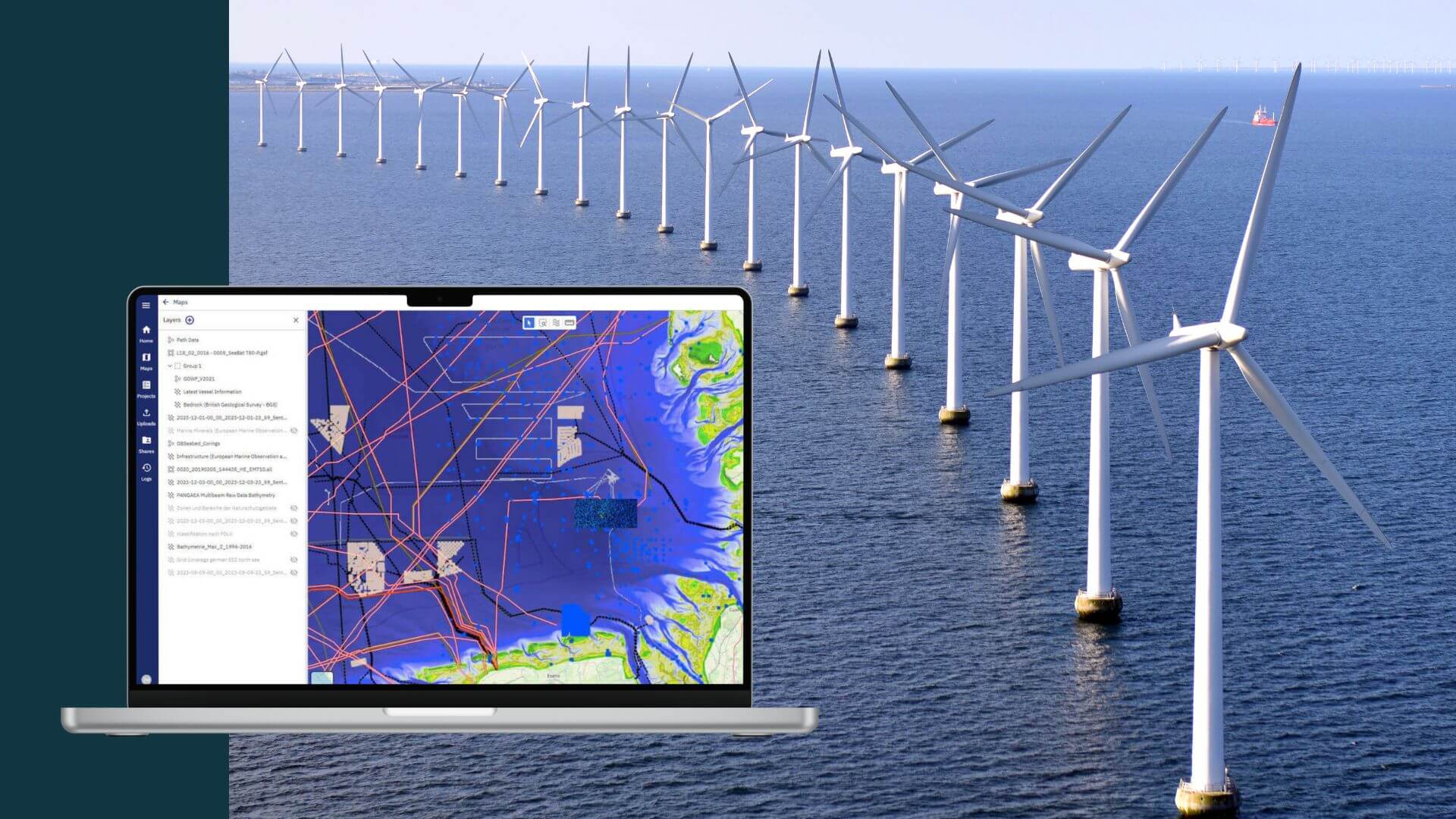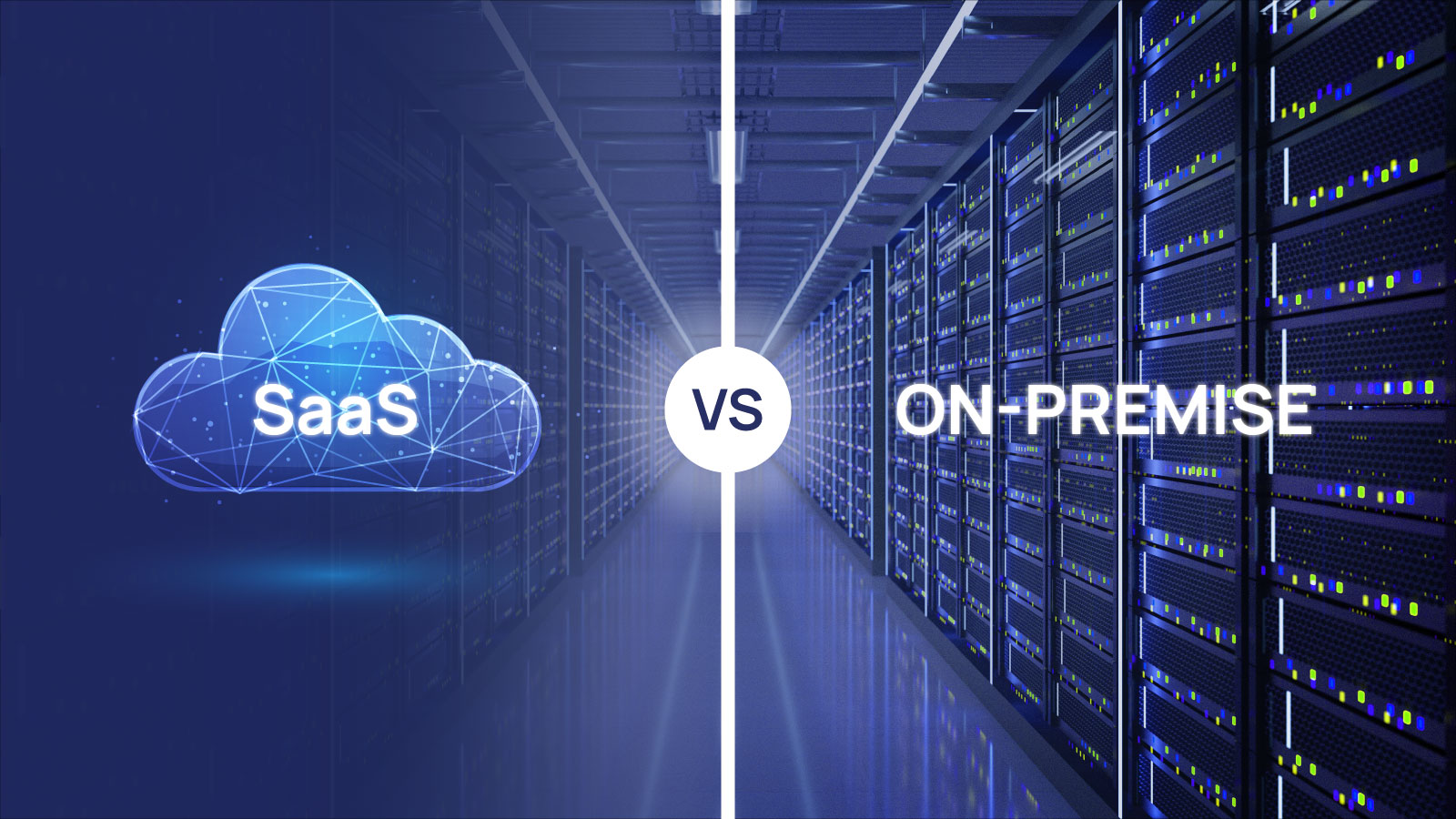Why SaaS is beneficial for Finance and IT
In the modern digital world, businesses are constantly on the lookout for ways to streamline operations, improve efficiency, and reduce costs. One...
At north.io, we recognise that each organisation has unique needs when implementing geospatial data solutions, driven by governance, security, and compliance requirements. While our core offering, TrueOcean, is a scalable SaaS solution hosted in the cloud, we also provide on-premise deployment options for organisations that require greater control over their infrastructure.
Let’s explore the technical implications, benefits, and trade-offs of each approach to help you make the best decision for your organisation.
A SaaS solution is hosted in a public cloud and accessed via the internet. TrueOcean as a SaaS solution provides instant access to our platform without requiring physical infrastructure on your premises. You benefit from automatic updates, scalability, and accessibility from anywhere in the world at any time.
While SaaS is our standard offering, we understand that some organisations require the flexibility and control of an on-premise solution. An on-premise solution means deploying the TrueOcean platform within your organisation’s own IT infrastructure. This involves installing and running our software on your local servers, managed either by your internal IT team or through a trusted integration partner.
At north.io, we collaborate with some of the world’s most renowned IT integration companies to ensure seamless implementation. These partnerships guarantee that the transition to an on-premise solution meets the highest standards in performance and security.
When deciding between SaaS and on-premise, it’s important to assess your organisation’s priorities:
At north.io, we’re committed to supporting your needs. Whether you opt for our standard cloud-based SaaS platform or require an on-premise deployment, we ensure a seamless experience through our expertise and partnerships with leading integration companies.
The choice between SaaS and on-premise solutions depends on your organisational needs and priorities. For example:
No matter your choice, north.io gives you the flexibility to adopt the model that best aligns with your operational requirements and business goals. With our strong network of integration partners, we’re ready to deliver a robust solution tailored to your needs.
Have questions about SaaS vs. on-premise? Contact us to discuss your specific needs and learn how north.io can empower your geospatial data management journey.

In the modern digital world, businesses are constantly on the lookout for ways to streamline operations, improve efficiency, and reduce costs. One...

Hydro International’s New Horizons for Hydrography, but Who Will Conquer Them? article paints a positive picture for the short and mid-term future of...

"You want AI, automation, and evidence-based decision-making in offshore projects? It all starts withprecise data and smart data management."

Introduction Wind farm projects, often stretching over 60, 100, and more square kilometers in ocean areas, are designed for 30 years of operations....
